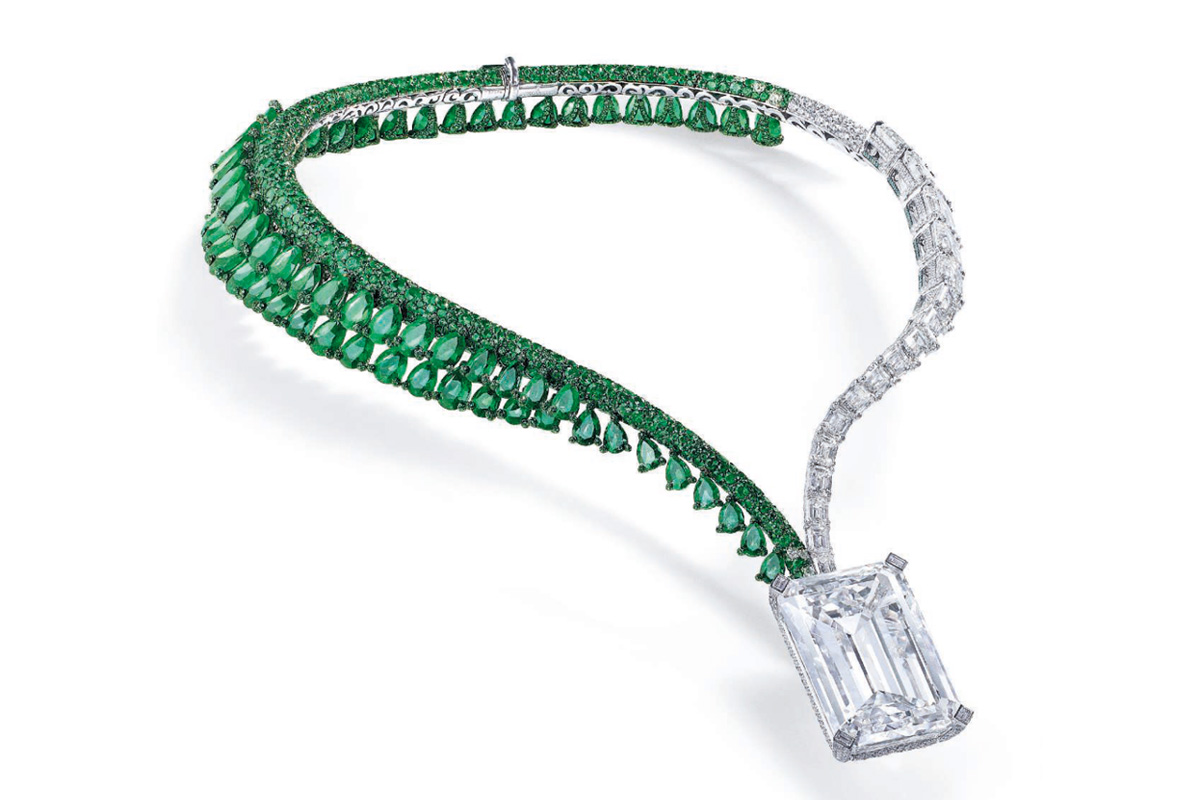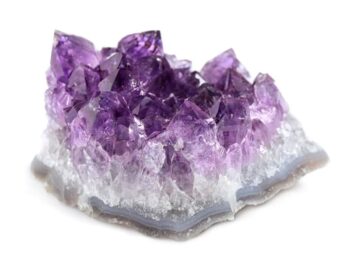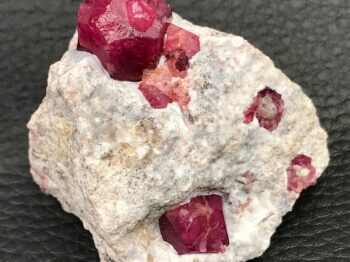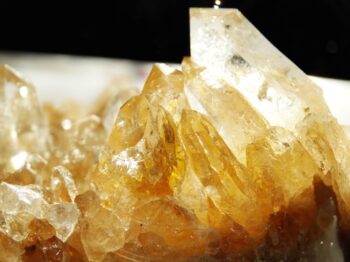Considered as one of the most beautiful diamond shapes, the emerald cut was born out of the first cutting style for diamonds. Known to enhance color, emerald cuts can also be found for other gemstones.
The emerald cut is one of the most classic, dramatic and sophisticated cuts out there. With long crisp lines, these stones elongate any finger, creating a sought after look. The emerald cut diamond is derived from the first true diamond cut, the table cut, which started around the 1400s. As diamond cutting techniques advanced, cutters created a culet facet at the bottom of these stones. They realized these large facets reflected light back through the diamond, increasing the brightness of the stone. Then, this led to more facets being added to the table cut, creating the step cut. As gemstones were starting to be cut into this shape, cutters realized that cutting the corners of these step cuts would increase the durability of these stones, by decreasing the odds for chipping. This was especially important for the soft emerald gemstone, which is where the cut gets its name. This cut was standardized into the emerald cut in the 1940s, as the shape was mostly used for the emerald gemstone.
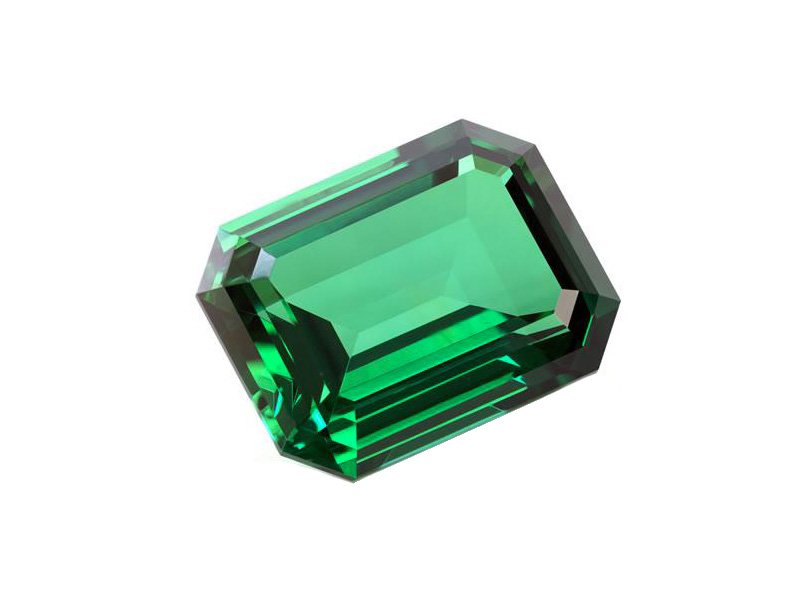
Modern emerald cut diamonds have 58 facet and 3 rows of steps on both the crown and the pavillion. The table is larger, which can result in imperfections being seen more easily. One should be careful when purchasing an emerald cut diamond with a lower clarity, as these inclusions tend to stand out more. This large table and deep pavillion draw your eyes and light inward to the core of the stone. This effect allows for the color to be intensified, which is why emeralds and other gemstones are so often cut into this shape. The emerald cut shape enhances the richness of the color of the stone. In a diamond, this is called the hall of mirrors effect, with the strong facets and deep corners creating flashes of light that help to give the stone its shine.
In addition to the richness of the color, emerald cuts are so popular because they can look larger than other shapes. For example, a 1-carat emerald cut has 5% greater surface area than that of a 1-carat round. This is coupled with the eye pleasing symmetry, to create a classic look that many people are drawn to.
Emerald cuts have evolved from a rich diamond and gemstone cutting history, truly standing the test of time. This classic cut is perfect for not just diamonds, but also gemstones as it will enhance the color and brilliance. The emerald cut is a strong, sophisticated cut, one that will never go out of style.


